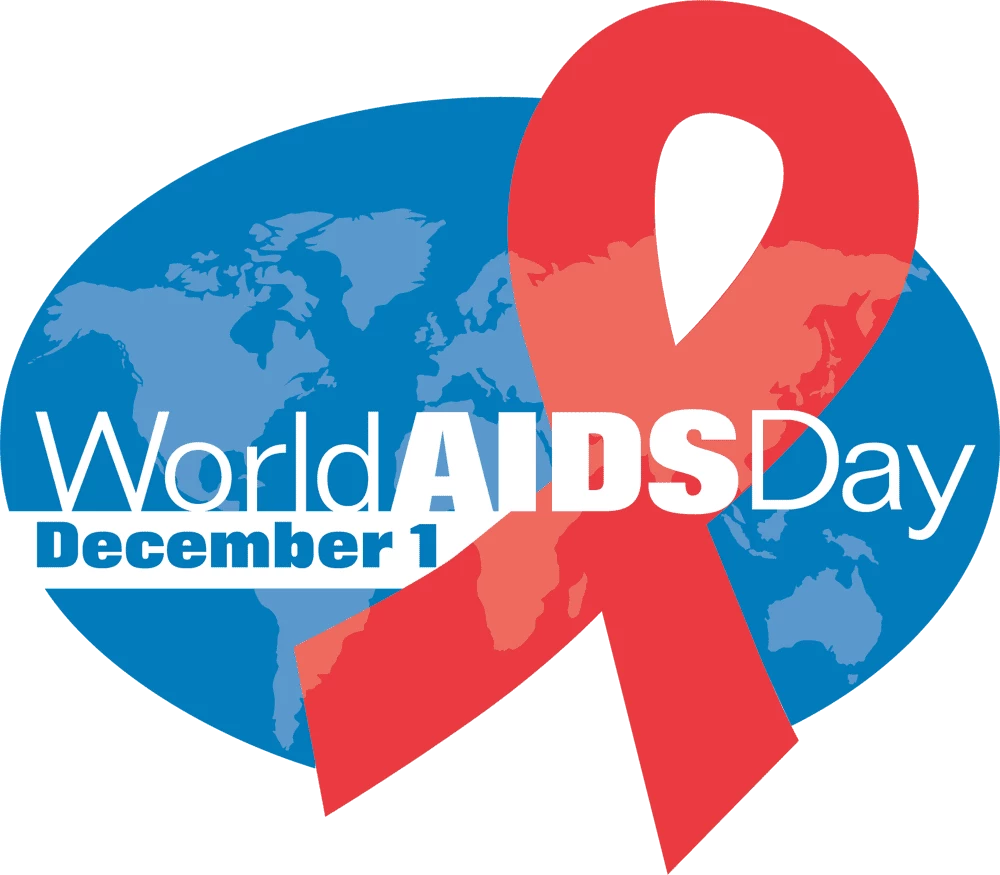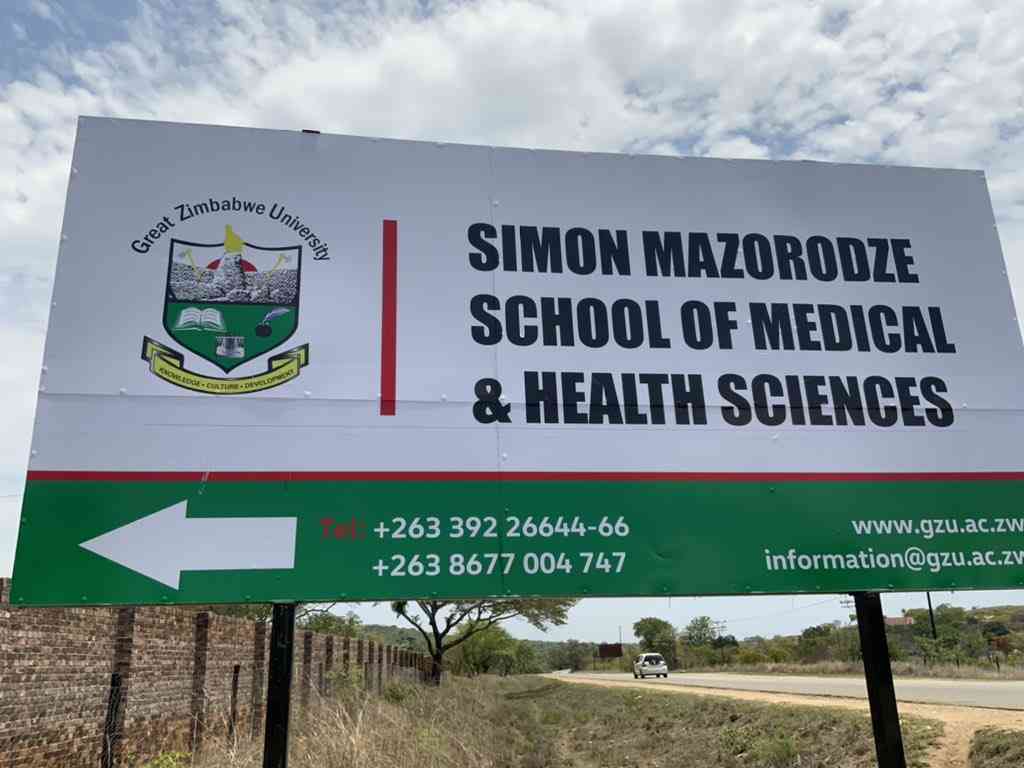
IT is 36 years now since World Aids Day was internationally designated on December 1 every year to raise awareness of the Aids pandemic caused by the spread of HIV infection, to advocate for more investment into prevention, treatment and positive living as well as mourning those who have died of the disease.
But the disease itself or rather its traces have a much longer history. The oldest known HIV infection was reportedly found in 1959.
It was not until mid-1982 that scientists realised that a human immunodeficiency virus (HIV) was spreading fast among different population groups.
In September that year, they named the disease Acquired Immune Deficiency Syndrome (Aids).
In the United States, Aids incidence increased rapidly through the 1980s, peaked in the early 1990s, before declining.
As of 1996, sharp declines were reported in Aids incidence and deaths. From 1998 through to June 2000, Aids incidence and deaths levelled off and Aids prevalence continued to increase. Throughout the epidemic, approximately 85% of persons diagnosed with Aids were aged between 20 and 49 years.
Globally, a new HIV infection peak was recorded in 1995 when 3,3 million people were newly infected.
The HIV/Aids epidemic peaked in 2004 when more than two million people died due to the disease.
- Abstinence key to HIV/Aids fight
- World Aids Day: Putting ourselves to the test
- Link between HIV and cancer
- Doctor raises alarm over rise in HIV cases among youths
Keep Reading
These were some of the saddest moments in the world when many families were plunged into mourning mainly in developing countries.
Since then, a lot of investment went into awareness raising, prevention, positive living and treatment. The result of these efforts was a decline in incidences as well as longer life for people living with the virus. In 2023, 630 000 people were reported to have died from Aids-related illnesses, which is a 69% decrease from the peak. And in the same year 1,3 million people were newly infected with HIV, which is a 60% decrease from the peak.
Despite these achievements there are still some gaps. Of the 39,9 million people living with HIV today, 9,3 million people are still not accessing life-saving treatment. In at least 28 countries, the number of new HIV infections is on the rise. To bring down the trajectory of the pandemic, it is imperative that lifesaving programmes be accessible without fear by all who need them.
Those who lived and survived the years during the peak of the epidemic when it was known as a killer disease, would never imagine that today, 42 years after the disease was confirmed a public health emergency, the world would be talking about ending Aids as a public health threat by 2030.
This is just six years from now. It is positive news but painful when we reflect on the four-decade journey that saw many millions of people lose their lives to the disease and the damage it caused to children, families, economies and government expenditure. Nonetheless, the disease should be completely eradicated if at all possible. The huge progress made in the HIV response gives hope that we may be reaching that goal.
Science and technology continue to innovate against Aids. From swallowing a bunch of pills every day to long-acting medicines that only need to be injected a few times a year. This will be massive progress that could tip the scales and change the dynamics on HIV/Aids.
But these advances can be impeded by lack of access to such treatment, poverty and human rights violations. Just as the world witnessed during the COVID-19 pandemic, distribution of vaccines prioritised Western countries to the extent that some countries were hoarding them at the expense of poor countries.
In a statement the World Health Organisation noted the need to collectively confront the inequalities that hinder the journey towards achieving the sustainable development goals target of ending Aids by 2030. The global health organisation added that: “This year’s theme Take the Rights Path: My Health, My Right! is a rallying cry for accessible, rights-based healthcare that empowers those affected by HIV/Aids to live vibrant and fulfilling lives.”
In addition, criminalisation and stigmatisation of marginalised communities is obstructing access to life-saving HIV services. The latest UNAids report shows that human rights violations are still preventing the world from ending Aids. When girls are denied education; when there is impunity for gender-based violence; when a visit to health services is dangerous for people because of the community they are from — the result is that people are blocked from being able to access HIV services that are essential to save their lives and to end the Aids pandemic.
Globally, everyday in 2023, 570 young women and girls aged between 15 and 24 acquired HIV. In at least 22 countries in eastern and southern Africa, women and girls of this age group are three times more likely to be living with HIV than their male peers. This means that despite the progress made thus far, more work needs to be done in eastern and southern Africa.










